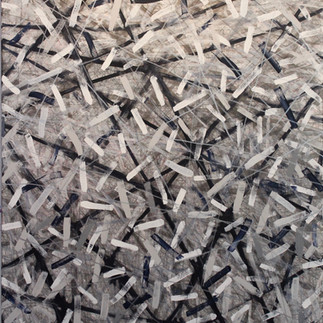Matrix
- David Joyner
- Jul 27, 2023
- 2 min read
I used to survey timberland in Mississippi with my grandfather, Albert Joyner. We would walk the perimeter and traverse the center of the acreage. A stand of trees can, at a distance, seem homogeneous. Variations of species, age, and character reveal themselves upon closer observation. Still, the forest is a network of correlations. Some trees we planted, but many were what Albert called volunteers that came from a dominant seed tree. He chose select cutting rather than clear cutting which would encourage diversity. When he would harvest, he would always leave a contingency of older trees and the seed trees.
In ancient Rome a matrix referred to a female animal or parent plant kept for breeding purposes. Of course with contemporary mathematical and electronic applications, as well as the film series, the term has evolved a variety of interpretations. A matrix for me is essentially a construct or format where correlations are organized, like a 40 acre parcel of timberland.
Kandinsky discusses visual elements occupying a picture plane. As I activate the surface on paper, canvas, or wood with lines, marks/strokes, fields of color, or collage elements relations and motifs emerge. The elements relate to each other and to other works either by similarity or contrast. Compositions can also evoke memories, signs, and sensations of experience.
A painting simulates the visual and emotional sensations of the perceptions of reality. Monet would visit the same location and repeat a composition varying the time of day, time of year, and the conditions of light and weather. In a similar way, I will take a visual motif like intersecting lines, parallel lines, impressionist style brushstrokes, horizon lines, or color fields and explore the infinite number of permutations.












Comments